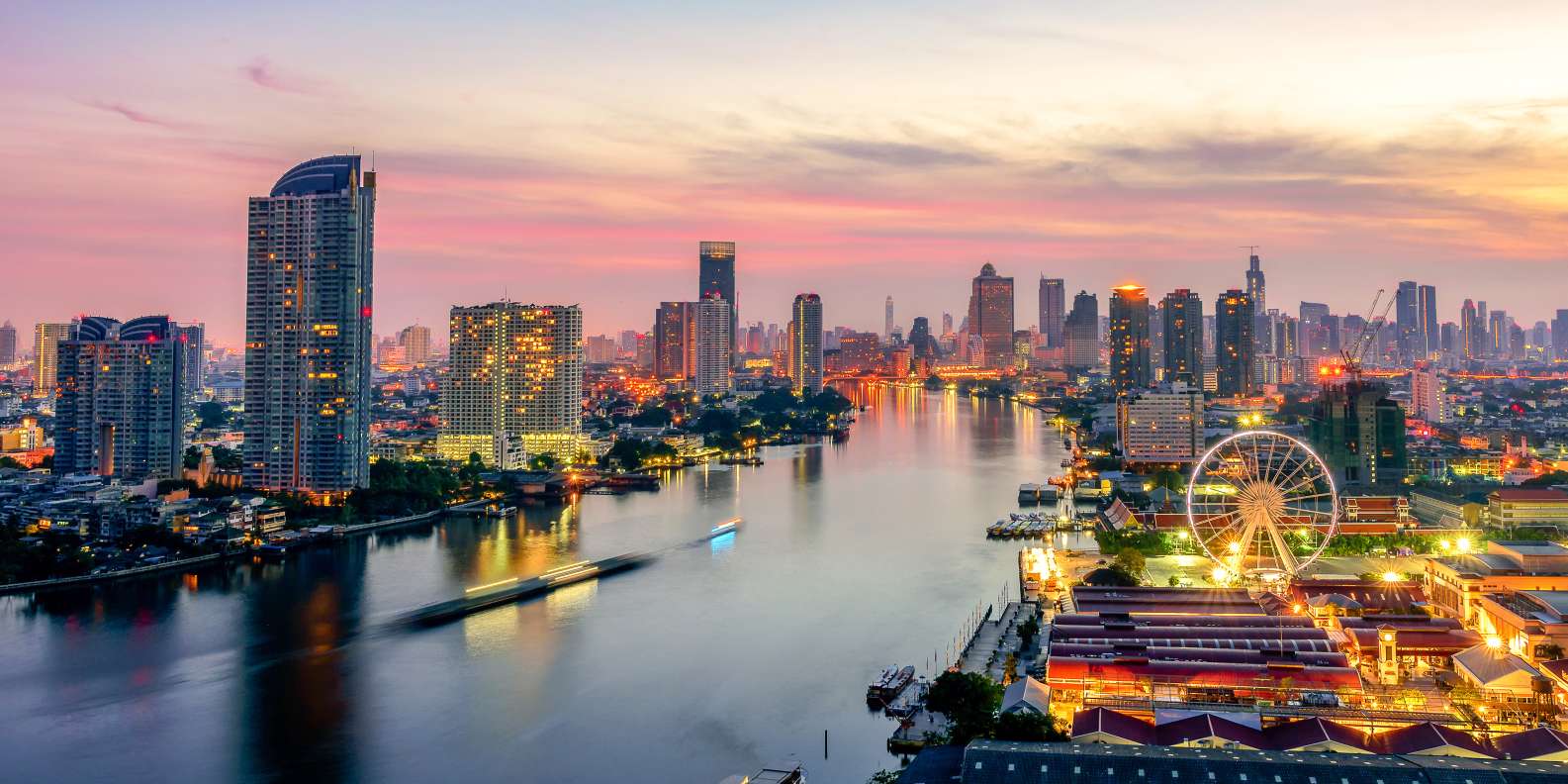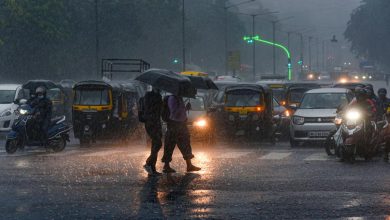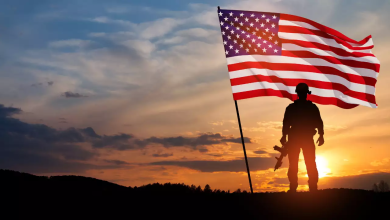Chao Phraya River

Flowing through the heart of Thailand, the Chao Phraya River is more than just a waterway – it is a lifeline that sustains the nation’s cultural heritage, historical legacy, and vibrant way of life. From ancient civilizations to modern metropolises, the Chao Phraya has played a central role in shaping the cultural landscape of Thailand. In this comprehensive exploration, we delve into the multifaceted reasons why the Chao Phraya holds such immense cultural importance, weaving together the threads of history, tradition, and identity that flow along its banks.
The Chao Phraya River: An Introduction to Its Cultural Legacy
Before delving into the cultural significance of the Chao Phraya River, it is essential to understand its geographical and historical context. As the major river in Thailand, the Chao Phraya flows from the northern mountains through the central plains, nourishing the land and nurturing the communities that thrive along its banks. Its alluvial plain forms the geographical center of the country, serving as a cradle of civilization and a hub of cultural exchange.
The principal tributaries of the Chao Phraya River, including the Pa Sak River, the Sakae Krang River, the Nan River, the Ping River, and the Tha Chin River, converge to feed its mighty flow, enriching the landscape and sustaining the livelihoods of millions. From ancient times to the present day, the Chao Phraya has been a source of inspiration, creativity, and resilience for the people of Thailand.
Exploring the Cultural Importance of the Chao Phraya River:
Historical Legacy: A Tapestry of Ancient Civilizations
One of the primary reasons for the cultural importance of the Chao Phraya River lies in its association with ancient civilizations that flourished along its banks. From the legendary kingdom of Ayutthaya to the majestic temples of Bangkok, the river has been a witness to the rise and fall of empires, leaving behind a rich tapestry of historical landmarks and architectural wonders.
The city of Ayutthaya, founded in the 14th century, served as the capital of the Kingdom of Siam and was renowned for its cultural and economic prosperity. Its strategic location along the Chao Phraya facilitated trade and communication with neighboring regions, fostering a vibrant exchange of ideas, religions, and artistic traditions.
Even after the decline of Ayutthaya, the Chao Phraya River continued to play a central role in the development of Thailand’s capital city, Bangkok. Under the patronage of successive monarchs, including King Rama I and King Rama IV, Bangkok grew into a bustling metropolis, dotted with grand palaces, ornate temples, and bustling markets, all situated along the banks of the Chao Phraya.
Economic Hub: The Lifeline of Trade and Commerce
In addition to its historical legacy, the Chao Phraya River holds immense cultural importance as an economic hub, facilitating trade and commerce throughout the region. Since ancient times, the river has served as a vital artery for transporting goods, people, and ideas between the interior of Thailand and the Gulf of Thailand.
The bustling riverbanks of Bangkok, lined with warehouses, docks, and markets, bear testament to the city’s role as a trading center. Merchants from across Asia and beyond would converge on the Chao Phraya, exchanging goods such as rice, spices, silk, and ceramics, enriching the cultural fabric of the region with their diverse influences.
Today, the Chao Phraya River remains a vital lifeline for Thailand’s economy, supporting industries such as tourism, agriculture, and manufacturing. The riverbanks are dotted with modern skyscrapers, luxury hotels, and upscale shopping malls, reflecting Bangkok’s status as a global business and financial hub.
Cultural Heritage: A Source of Inspiration and Creativity
Beyond its historical and economic significance, the Chao Phraya River holds deep cultural importance as a source of inspiration and creativity for the people of Thailand. Artists, writers, musicians, and filmmakers have long been drawn to the river’s tranquil waters, verdant landscapes, and majestic landmarks, finding inspiration in its beauty and serenity.
The river has been immortalized in countless works of art, literature, and music, capturing the imagination of generations of Thais and visitors alike. From traditional Thai paintings depicting scenes of river life to contemporary films set against the backdrop of Bangkok’s skyline, the Chao Phraya continues to inspire creativity and expression.
In addition to its aesthetic appeal, the Chao Phraya River is also revered as a sacred symbol in Thai culture, with numerous temples and shrines dedicated to river goddesses and water spirits. These religious beliefs and rituals serve to deepen the cultural significance of the river, fostering a sense of reverence and connection to the natural world.
Conclusion:
As we conclude our exploration of the cultural importance of the Chao Phraya River, we are reminded of the profound impact that this iconic waterway has had on the identity, heritage, and collective memory of the Thai people. From its role in shaping ancient civilizations to its continued significance as a symbol of economic vitality and cultural creativity, the Chao Phraya remains a source of pride and inspiration for all who call Thailand home.
As travelers and admirers of cultural heritage, let us continue to cherish and celebrate the legacy of the Chao Phraya, honoring its timeless beauty and cultural richness for generations to come.
Know More about the Chao Phraya River.
What are The Religious Places of the Chao Phraya River?
When Did The Chao Phraya River Basin Become a Focus?
Where is The Chao Phraya River Located?
Who Were The Key Historical Figures and Civilizations of The Chao Phraya River?
How to Reach Chao Phraya River?




